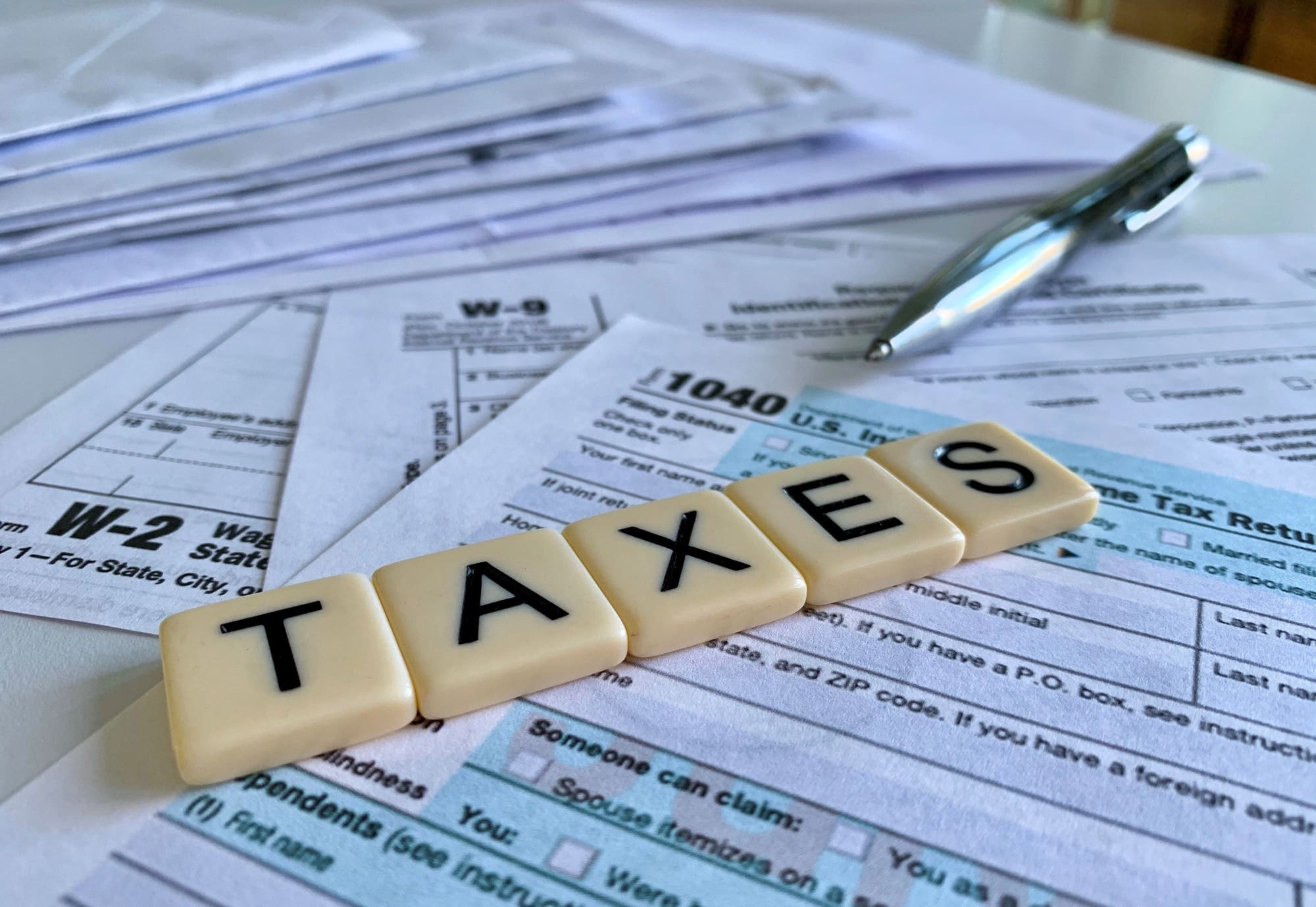You only need to be aware of three things when it comes to inheritance tax:
- That inheritance tax receipts will at least double in the decade to 2030.
- That there is a widespread lack of awareness surrounding inheritance tax and its impact.
- That your age is crucial when planning to mitigate inheritance tax.
Let us look at each in more detail.
TAX RECEIPTS ARE RISING DRAMATICALLY
Government tax receipts from inheritance tax have been rising rapidly in recent years and are projected to reach £10 billion per year by 2030, almost double the amount currently received.
It has taken 30 years to reach the current annual revenue level of just over £5 billion per year, but it is now expected to take less than ten years to reach £10 billion. The main asset class from which the increased tax take will be sourced is property.
The increases come as the nil rate band, one of the most important means of protecting an estate from inheritance tax, has been frozen at £325,000 per individual for over a decade.
That translates into more estates paying the tax and those that do paying more. That is before any possible changes, including those flagged up by the Office of Tax Simplification, are taken into account.
THAT LACK OF AWARENESS!!!
Several surveys over the last five years indicate an enduring lack of awareness over the nature of inheritance tax and its impact.
It doesn’t affect me!
60 per cent of people and their families with a potential inheritance tax bill are unaware their estate may be liable. That includes homeowners and the owners of investment property.
What is the rate of tax?
Over 50 per cent of people are not aware that IHT is levied at a rate of 40 per cent. Of those, just two per cent believe the rate was higher, meaning the vast majority of 98 per cent could be underestimating their estate’s potential tax bill.
The basic structure of the tax
The reports found that between 50 – 70 per cent of the UK population is unaware that the threshold above which they are taxed on death is set at £325,000 per individual. Confusion persists around the nil rate band for some reason and that confusion places their families at risk of an unexpected tax bill.
Surely it’s not taxable?
This lack of knowledge also extends to the assets people thought may be liable for inheritance tax, with a high proportion mistakenly thinking some assets are not subject to inheritance tax at all.
For instance:
- 25 per cent of people are unaware their main property may be subject to inheritance tax. Indeed, housing including investment property currently accounts for largest asset class on which inheritance tax is levied. That will be increasingly the case over the coming years.
- ISA’s, often marketed as a tax-free savings and investment option, are nevertheless liable for inheritance tax, but 42 per cent of people thought they were not.
- Some 28 per cent of people were unaware that cash savings and investments were also liable.
IS IT TOO LATE?
The optimum period for inheritance tax planning is when a potential taxpayer is aged between 55-75 … but the earlier the better.
By 80 individuals tend to become uninsurable due to their uncertain life expectancy. Between 80-85, for instance, your chances of surviving the next seven years is actuarily calculated to be about 35%-45%. In other words, the odds are against you when making gifts late in the day …. hence the insurance position.
Long term holders of assets who are at the upper end of the planning age range are likely to:
- Have an increased possibility of not surviving the planning. That has implications well beyond simply not achieving the desired tax savings of a gifting strategy (see below).
- Not have a mindset which allows them to part company with assets readily since that goes against everything they have thought and done so far in their lives.
- Have considerable latent capital gains tax exposure on gifts which will always be a disincentive to make gifts as part of a planning strategy.
- There could be a dual tax charge to capital gains tax and inheritance tax on failing to survive seven years which may entail an effective 56/57% tax rate rather than the 40% charge on death. In addition, a failed PET would nevertheless lose the crucial capital gains tax uplift on death which could be worth up to tax of 28% on future disposals. In short a failed ‘late in the day’ gifting strategy could easily result in a considerably worse tax position than if nothing were done at all.
No action at this stage will at least avoid any unpleasant capital gains tax implications and capture capital gains tax neutrality. But that entails the family accepting what the individual has always tacitly accepted – a 40% tax hit on their death.
The best time to have started planning is often a couple of decades in the past but always remember, the second-best time is NOW.
WHAT IS TO BE DONE?
Are the rising levels of inheritance tax receipts and lack of awareness connected? Of course they are.
Consider:
- 78 per cent of people invariably believe that wealth should be passed from one generation to the next without any tax being due, yet many don’t understand the completely legitimate ways they can reduce their family’s inheritance tax bill.
- While over three quarters (77%) think the UK’s inheritance tax rules are too complicated, only a third (33%) sought professional advice on inheritance tax planning and mitigation.
The first step is to know what your inheritance tax position is were the worst to happen today. What inheritance tax liability would your family face? That is part of the legacy you will leave.
Stephen Parnham


